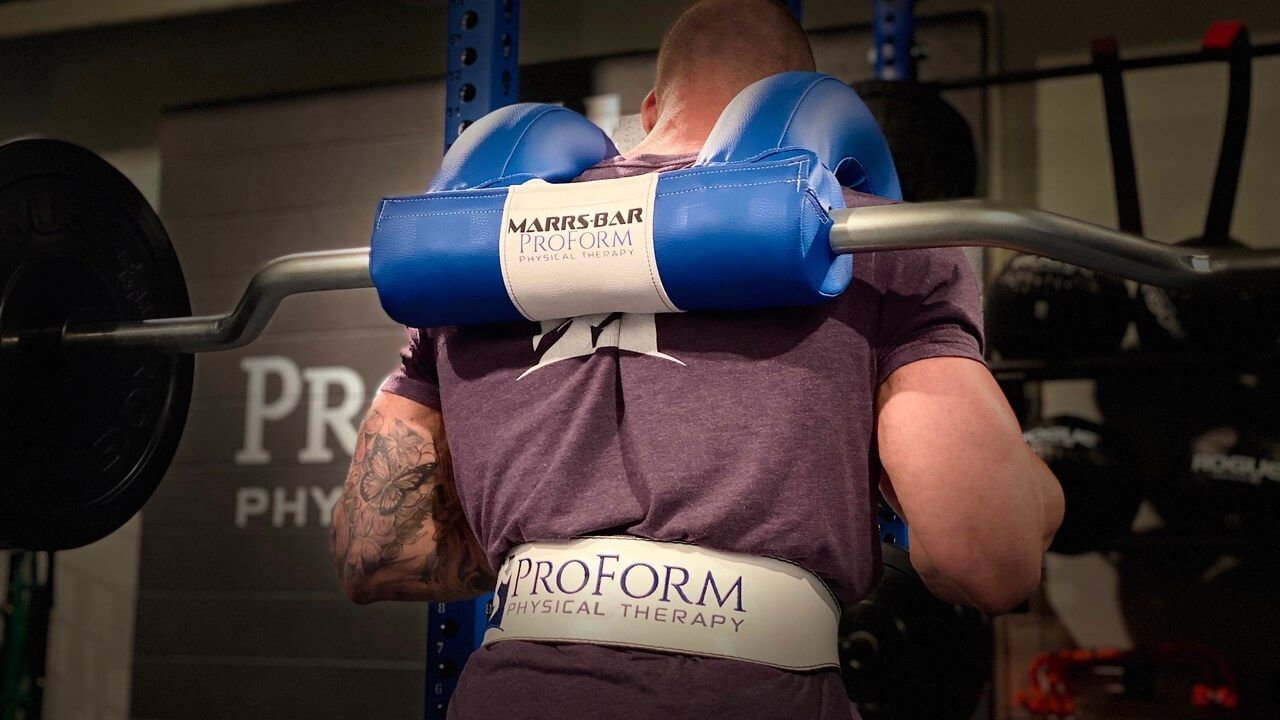The Science Behind The Belt
Mar 26, 2021
By: Chad Burnham, DPT, FAFS, CSCS
Belts Do Not Weaken Your Core…Lack Of Training Does!
There are many reasons that someone might wear a weightlifting belt. We mainly see weightlifting belts being used on bodybuilders, powerlifters and high-level athletes. I am sure that as you are reading this you are thinking of some of the people that you have seen wearing these belts. You are probably also wondering how these belts actually work and if they are as effective as people say. Well, the short answer is yes, and I am going to tell you that it is more involved than just tightening that belt up around your waist and throwing some weight around.
A weightlifting belt is a great tool and is used to aid in additional stabilization of the spine during lifting. A weightlifting belt is not a replacement for protecting an individual against poor posture, technique or improper abdominal bracing during lifts. This is important to note! We will discuss later on the importance of foundational core strength in “beltless” lifting, as well as how a weightlifting belt can only improve safety and overall performance during certain types of training.
There are many reasons a weightlifting belt works while utilizing them during lifting. Weightlifting belts can increase intra-abdominal pressure (IAP), reduce compressive load on the lumbar spine, as well as improve muscle activation during lifting activity.
The most effective technique for creating lumbar stabilization during any submaximal or maximal lift is the ability to create proper abdominal bracing. Without the ability to perform a proper abdominal brace during lifting, a belt will not be an effective tool and will not serve to provide any additional stabilization to the lumbar spine.
Proper abdominal bracing involves a breathing technique known as diaphragmatic breathing, which can also be called belly breathing or abdominal breathing. The diaphragm is a dome shaped muscle just beneath the ribs and plays an important role in breathing, especially during abdominal bracing. When you inhale the diaphragm contracts and moves downward toward your belly. This technique will result in a natural increase in intra-abdominal pressure as well as activation of the core stabilizing muscles that can include the obliques, transverse abdominus, quadratus lumborum and even the pelvic floor muscles.
It is important to note that by increasing your own intra-abdominal pressure through diaphragmatic breathing there can not only be increased core stability, but you have now created your own “natural” internal weightlifting belt. By adding a weightlifting belt and expanding your belly into the belt, you will produce a faster rate of IAP during the initial surge of lifting. During this stage IAP can be increased by 25-40%, creating more stability and further decreasing spinal compressive forces.
Spinal compressive forces is causally related to the quality of the IAP produced during lifting. As the weightlifting belt increases, the body’s “natural” IAP during lifting this also results in better trunk muscle activation. Better trunk muscle activation can result in better lumbar spine stability as well as decrease the compressive loads to the lumbar spine and the perception of effort during the lift.
Weightlifting belts can be an effective training tool and can not only result in bigger lifts, but also reduce the risk of injury through additional stability of the lumbar spine. With that being said, a weightlifting belt is exactly that…a tool and not a supplement or a crutch to an already weak core. A strong core, proper breathing techniques and movement techniques should all be developed as a foundation before relying on a belt for additional support during sub-maximal and maximal lifts.
Stay Connected With News and Updates!
Join our mailing list to receive the latest news and updates from our team.
Don't worry, your information will not be shared.
We hate SPAM. We will never sell your information, for any reason.
